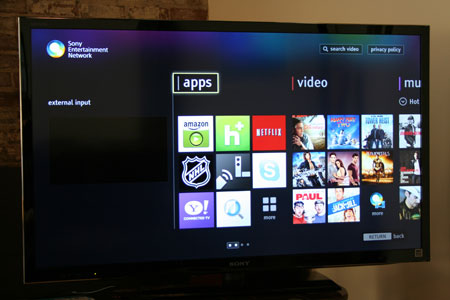SLOW JOURNALISM AND THE OUT OF EDEN WALK
Don Belt and Jeff South
Journalism does not get much slower than National Geographic’s Out of Eden Walk, a seven-year, around-the-world journey being undertaken by two-time Pulitzer Prize winner Paul Salopek. This article explains how Salopek’s Walk is a particularly useful and beautiful example of slow journalism that renders the oldest story in human history using innovative digital tools of the twenty-first century. It also offers university educators ideas on using the Out of Eden Walk as a teaching tool, by exposing classrooms to the literary and visual delights of the project while having students design and implement a narrative walk of their own.














